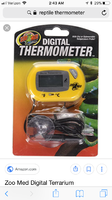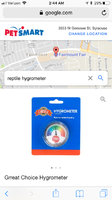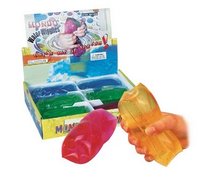BantamAshley
Songster
I am on day 18 of incubating 5 bantam eggs. All eggs are thriving well, though 5/5 eggs have fairly severely shaped, though normal sized saddle shaped air sacs.
I have been sifting this site obsessively for days and just can’t seem to find a straight answer...
Upright, or on side for hatch when saddles are present?
I am currently on day 18 and am about to go into lockdown. No internal or external pips. I have them upright in a carton as of today, but am nurvously debating rather or not to quickly lay them on their sides, or have them upright in carton for lockdown and hatch. (I incubated them at a 45’ angle, large end up)




 Your chicks are ADORABLY CUTE
Your chicks are ADORABLY CUTE 







